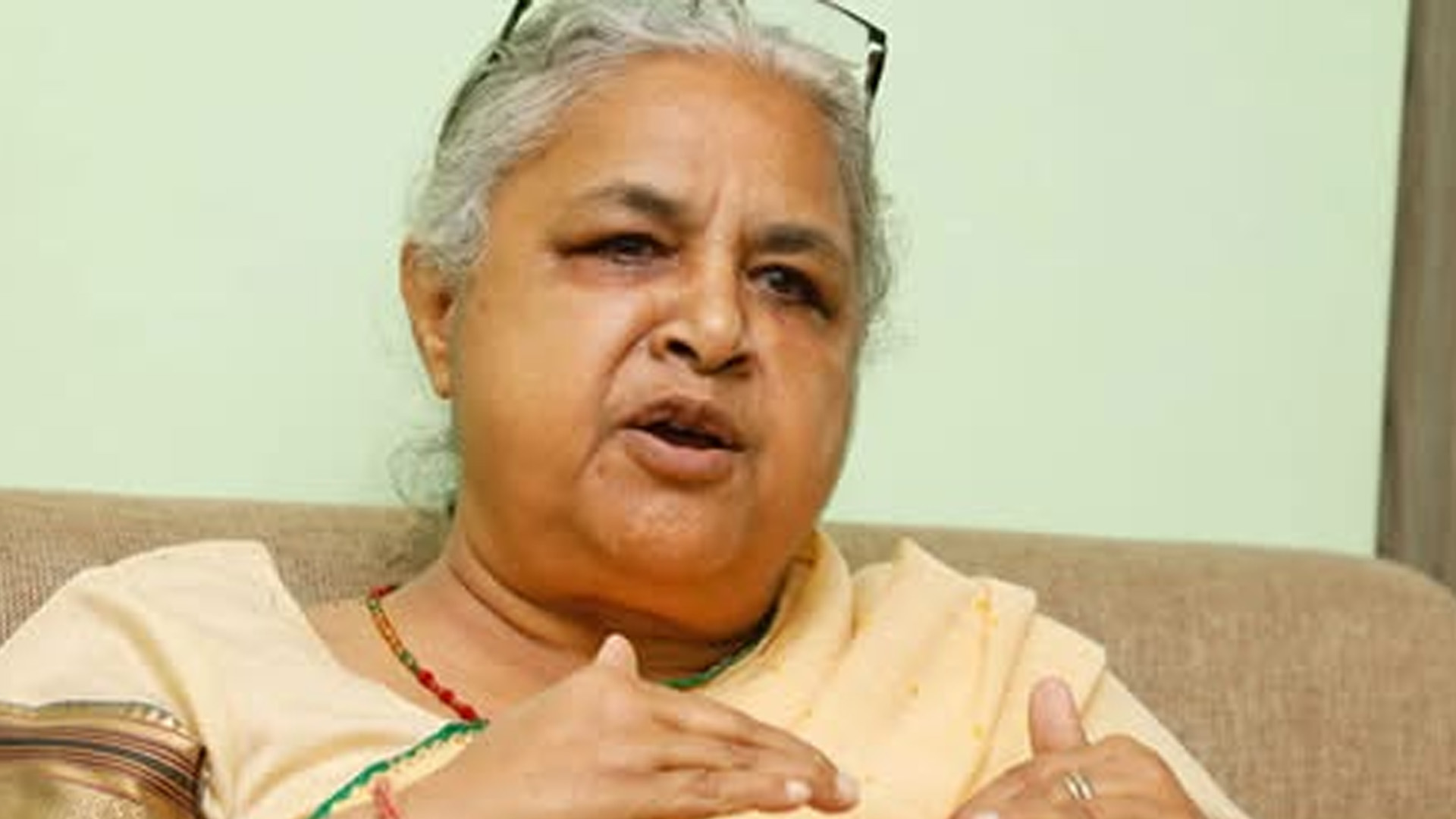Gen Z Protest Ushers in Baby Boomer Prime Minister: Generational Clash Takes a Stunning Twist!

Nepal’s recent street protests, branded as a Gen Z uprising, took an unexpected turn. While Generation Z (those aged 13 to 28) were at the forefront of demonstrations and digital activism, the ultimate outcome has placed a representative of the Baby Boomer generation in the Prime Minister’s seat.
The Baby Boomer generation refers to those born between 1946 and 1964, now aged 61 to 79. The rise of a Baby Boomer leader to the country’s highest executive office has exposed a striking contradiction between the rhetoric of youthful rebellion and the reality of political power.
Analysts note that while Gen Z mobilized effectively on the streets and online, the decisive moment was still controlled by Nepal’s traditional parties and older political elites. Millennials (29–44 years) and Generation X (45–60 years) leaders played only supporting roles, unable to shift the balance.
Former Chief Justice Sushila Karki, Nepal’s first and only female head of the judiciary, had been championed as a potential Prime Minister by Millennial activist Sudan Gurung. Yet, when the power equations settled, the premiership went instead to a Baby Boomer. The episode has sparked debate: was the Gen Z protest truly about transforming Nepal’s political structure, or did it simply reinforce the dominance of older generations?
As one political analyst remarked, “An uprising carried out in the name of Gen Z has ended up reestablishing the supremacy of the old guard.”
Nepal’s political future now stands at a precarious generational crossroads—where the youth continue to flood the streets with energy and demands, but the Prime Minister’s chair remains firmly in the hands of Baby Boomers.




![From Kathmandu to the World: How Excel Students Are Winning Big [Admission Open]](https://nepalaaja.com/index.php/img/70194/medium/excel-college-info-eng-nep-2342.jpg)
